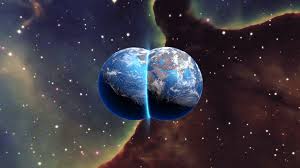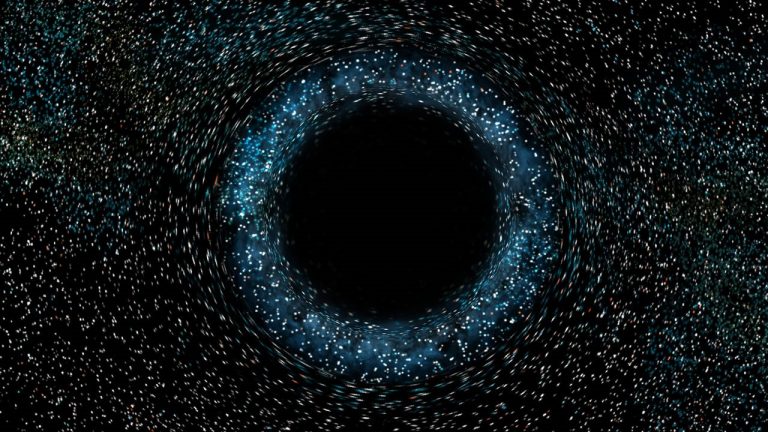Reality is not as we perceive it. Every observation, every glance, has the power to transform the universe. This is not a mere philosophical thought, but a reality that lies at the heart of quantum physics. Prepare to immerse yourself in the fascinating and mysterious theory of Wave Function Collapse, a phenomenon that challenges our understanding of reality.
In the complexity of quantum physics, Wave Function Collapse is a concept that has fascinated and puzzled scientists for over a century. Through this phenomenon, the act of observing can change the state of a particle, an effect that defies logic and our conventional understanding of reality.
In this text, we'll unravel this mysterious phenomenon, exploring the foundations of quantum theory that underpin it. We'll address the most essential questions: What does Wave Function Collapse really mean? How can our mere observation alter reality? And what implications does this phenomenon have for our understanding of the universe?
Whether you're passionate about science, curious about the nature of the universe, or simply a seeker of knowledge, this text will offer you a new perspective on the reality around us. Embark on this journey to discover how, at the quantum level, reality is far stranger and more fascinating than we could ever imagine. 🌌
The concept of wave function collapse
Wave function collapse is a physical phenomenon that represents a drastic change in the state of a quantum system when observed. In quantum physics, the observation of a system causes it to move from a state of superposition of possible states to a defined state, this is called collapse of the wave function.
What is a wave function?
In quantum physics, a wave function is a mathematical equation that describes how a quantum physical system varies over time. In other words, it describes all the possibilities of a quantum system. The magnitude of the wave function at a given point is directly proportional to the probability of finding a particle there.
The observer effect
Quantum mechanics holds that the fundamental nature of reality is probabilistic. This means that a quantum system can exist in many possible states at once, known as a superposition of states. However, when an observer measures the system, it collapses to a single state. This is called observer effect.
The Copenhagen interpretation
The Copenhagen interpretation of quantum mechanics proposes that quantum reality does not exist until it is measured or observed. According to this interpretation, observation not only perturbs the system, but actually causes the wave function to collapse.
Understanding wave function collapse
Wave function collapse is essentially the process by which a quantum system "decides" on a particular state when observed. This process is fundamentally random, and only statistical predictions can be made about the outcome.

The principle of superposition
The superposition principle states that a quantum system can exist in several states at once until it is observed. That is, until a measurement is made, a quantum particle can be in all places at the same time.
The impact of wave function collapse
The collapse of the wave function has profound implications for our understanding of reality. It supports the idea that our observation and measurement of reality have a direct impact on it. This concept challenges the classical view that reality exists independently of our observation.
The problem of measurement
The measurement problem concerns the difficulty of reconciling wave function collapse with the rest of quantum theory. The key question is how and why the observation of a quantum system causes the wave function to collapse.
Alternative interpretations of wave function collapse
In addition to the Copenhagen interpretation, there are other interpretations of wave function collapse. Some of these interpretations include the many-worlds interpretation, the consistent history interpretation, and the decoherence interpretation.
- Interpretation of the multiple worlds: According to this interpretation, each time an observation is made, the universe splits into a series of parallel universes, each representing a possible outcome of the measurement.
- Consistent interpretation of history: This interpretation holds that wave functions do not collapse, but rather evolve according to a set of coherent “stories” over time.
- Interpretation of decoherence: According to this interpretation, the collapse of the wave function is an emergent effect of the interaction between the quantum system and its environment.
Wave function collapse remains a topic of debate and study in quantum physics. Despite advances, the exact nature of this phenomenon and its relationship to observation are still not fully understood. However, it provides a fascinating insight into the interconnection between the observer and the observed reality, and encourages us to continue exploring the mysteries of the quantum universe.
Conclusion
In short, wavefunction collapse is a fascinating phenomenon that challenges our traditional understanding of reality. This concept from quantum physics suggests that our observation and measurement of reality can have a direct impact on it, sparking considerable debate within the scientific community. Despite various interpretations, such as the Copenhagen interpretation, the many-worlds interpretation, consistent history, and decoherence, the exact truth behind wavefunction collapse remains enigmatic and subject to study.
What is undeniable is the relevance of this phenomenon to our view of the quantum universe. It pushes us to question the nature of reality and our role as observers within it. This has profound implications not only for physics but also for philosophy and epistemology.
Wave function collapse, at its core, urges us to accept the inherently uncertain and probabilistic nature of quantum reality and to further explore the intricate connections between observer and observed. Although much remains to be discovered, this quantum phenomenon continues to provide valuable insight into the complexity of the universe we inhabit. Ultimately, it reminds us that our reality is as fascinating and mysterious as the infinite cosmos that surrounds us.



